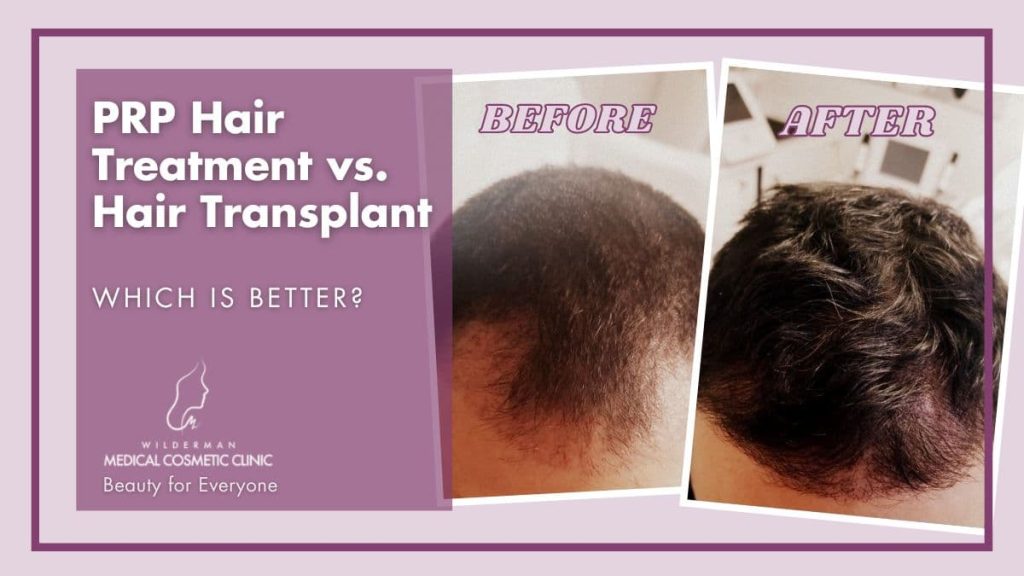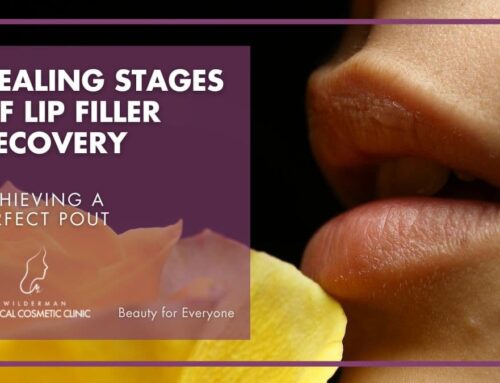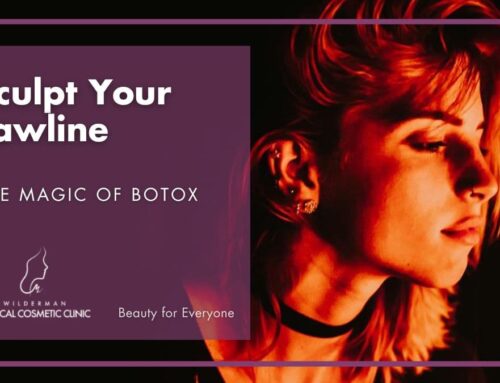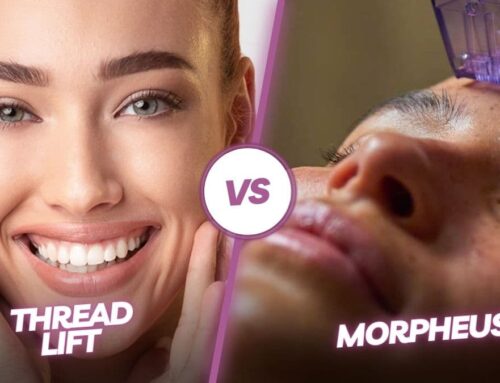PRP Hair Treatment vs. Hair Transplant
Which is Better?
Are you struggling with hair loss and looking for effective solutions to restore your full head of hair? Two popular options that have gained traction in recent years are PRP (Platelet-Rich Plasma) hair treatment and hair transplant surgery.
Hair transplant is a popular choice, known for its ability to deliver remarkable results. However, if you’re seeking a less invasive option, PRP presents a non-surgical alternative that stimulates natural hair regrowth.

Get immediate answers to your questions about treatment options, costs, expected outcomes, and more.
- Expert Diagnosis
- Customized Treatment Plans
- No Obligation
- Comfort and Privacy
- Immediate Answers
Both approaches have their merits and drawbacks, and the choice between them depends on various factors, including the cause of hair loss, your goals, etc.
This blog post dives into the differences between PRP hair treatment and hair transplants, discusses their pros and cons, and explores whether you can use these procedures together.
What is the Difference Between PRP Hair Treatment and Hair Transplant?
PRP (Platelet-Rich Plasma) hair treatment and hair transplant are two distinct approaches to hair restoration, differing in their methods, procedures, and outcomes. Here are the key differences between them:
- Treatment Type
- PRP Hair Treatment: PRP is a non-surgical procedure that involves drawing a small amount of the patient’s blood, processing it to concentrate the platelets, and then injecting the platelet-rich plasma into the scalp. It is considered a minimally invasive treatment.
- Hair Transplant: A hair transplant is a surgical procedure that involves the removal of hair follicles from a donor area (typically the back or sides of the head) and their transplantation into the thinning or balding areas of the scalp. It is a surgical intervention.
- Results
- PRP Hair Treatment: You may notice thicker hair within a few weeks, but the best results typically come after 3-6 months of multiple sessions.
- Hair Transplant: You might see some early hair growth around 3-4 months after the procedure, but significant and more natural-looking results often become noticeable between 6-12 months. It can take up to 12-18 months to see the full results as transplanted hair continues to grow and blend with your existing hair.
- Effectiveness
- PRP Hair Treatment: PRP may promote natural hair regrowth and improve hair thickness, but the results can vary among individuals.
- Hair Transplant: Hair transplant offers a more permanent solution, with transplanted hair typically continuing to grow naturally.
- Number of Sessions
- PRP Hair Treatment: It often requires multiple sessions for optimal results, and maintenance sessions are usually needed to sustain the effects.
- Hair Transplant: It provides a higher likelihood of achieving the desired results in a single or a few sessions.
- Suitable Candidates
- PRP Hair Treatment: PRP is often suitable for individuals in the early stages of hair loss or as a complementary treatment alongside other hair restoration methods.
- Hair Transplant: Hair transplant is typically recommended for individuals with more advanced hair loss, where PRP may not be as effective.
- Recovery
- PRP Hair Treatment: Recovery after PRP is minimal, with most individuals able to return to their daily activities immediately.
- Hair Transplant: Hair transplant surgery requires a period of recovery, during which patients may experience some discomfort, swelling, and scabbing at the transplant sites.
- Side Effects
- PRP Hair Treatment: Mild pain, temporary swelling, bruising, itching, redness, rare risk of infection or allergy.
- Hair Transplant: Pain, swelling, scabbing, itching, temporary hair loss, scarring, numbness, rare risk of infection.
Can You Use the Procedures Together?
Yes, PRP and hair transplant procedures can be used together synergistically. PRP can be applied before, during, and after a hair transplant to enhance results, promote healing, and improve graft survival.
However, the specific approach may vary depending on the clinic and the patient’s unique needs. If you’re considering combining these treatments, consult with a qualified hair restoration specialist who can create a customized treatment plan tailored to your goals and situation.
Pros of PRP Hair Treatment
- Natural Growth Boost: PRP helps your own hair follicles grow better, using your body’s natural healing power.
- Non-Surgical: It’s not like surgery; there are no cuts or stitches involved.
- No Downtime: You can go back to your normal activities right away because there’s not much downtime.
- Can be Used With Other Treatments: PRP works well when you’re just starting to lose hair, and it can be used with other treatments if needed.
- Versatile: PRP can be used to treat a variety of hair loss conditions, including androgenetic alopecia, alopecia areata, and more.
- Quick Procedure: PRP sessions are usually short, often taking less than an hour.
Cons of PRP Hair Treatment
- Multiple Sessions: PRP often requires several appointments over time, not just one.
- Variable Results: It may work differently for different people, and some may not see big improvements.
- Maintenance Needed: The effects of PRP can fade, so you might need more treatments to keep your hair looking good.
- Limited Efficacy: PRP may not work as effectively for advanced or extensive hair loss.
Pros of Hair Transplant
- Permanent Solution: Hair transplant provides a long-lasting, often permanent solution for hair loss. The transplanted hair continues to grow naturally.
- Dramatic Results: A hair transplant delivers significantly more noticeable and dramatic results.
- Effective for Advanced Hair Loss: It’s a reliable option for people with more advanced hair loss or balding.
- High Success Rate: Hair transplant procedures have a high success rate, delivering natural-looking results.
- Single Session: Most patients achieve their desired results with just one or two transplant sessions.
Cons of Hair Transplant
- Surgical Procedure: A hair transplant is a surgical process that involves incisions and anesthesia, which can be uncomfortable for some people.
- Recovery Time: After the procedure, there’s a period of recovery during which you may experience swelling, scabbing, and discomfort.
- Scarring: Depending on the method used, there may be visible scars in the donor area.
- Limited Donor Area: The amount of donor hair available is limited, which may restrict the extent of the transplant, especially for those with advanced hair loss.
Takeaway: Which is Better?
The choice between PRP hair treatment and hair transplant depends on your individual needs:
- PRP is a non-surgical, less invasive option suitable for early hair loss stages. It offers natural growth stimulation but may require multiple sessions and maintenance.
- Hair transplant provides a more permanent solution, especially for advanced hair loss. It’s effective with a high success rate but involves surgery, recovery time, and potentially higher costs.
The “better” option depends on your hair loss stage, budget, and personal preferences. Consult with a specialist to determine the right choice for you.
Reference
Ethos Spa. (n.d.). PRP vs Hair Transplant – Which is Better for Hair Restoration? Retrieved from https://www.myethosspa.com/prp-vs-hair-transplant/ (Accessed Sep 5, 2023).
Scandinavian Biolabs. (May 11, 2023). PRP vs Hair Transplant: Which One is Better for Hair Restoration? Retrieved from https://scandinavianbiolabs.com/blogs/journal/prp-vs-hair-transplant (Accessed Sep 5, 2023).
HairDoc. (n.d.). Hair Transplant vs PRP Therapy: Which is Right for Me? Retrieved from https://www.hairdoc.com/blog/hair-transplant-vs-prp-therapy-which-is-right-for-me (Accessed Sep 5, 2023).
Toronto Hair Transplant Clinic. (n.d.). PRP vs Hair Transplant in Toronto: Which is Better for You? Retrieved from https://torontohairtransplantclinic.com/hair-transplant-treatment-toronto/prp-vs-hair-transplant-in-toronto-which-is-better-for-you/#1566485290257-fad89935-09ad (Accessed Sep 5, 2023).
PRP: Insights and Key Information
Personalized PRP Solutions at Thornhill’s Wilderman Cosmetic Clinic: Your Path to Flawless Skin
PRP cosmetic treatment: Source of youth from within you: Benefits, precautions, side effects – Platelet-Rich Plasma (PRP) is a natural substance derived from a patient’s blood, rich in platelets, growth factors, and other healing components. It is widely recognized for …
What is PRP Boost Skin Rejuvenation? How It Works, Benefits – A scientific evidence-based, and one-of-a-kind program developed by Wilderman Cosmetic Clinic and Bloomth. PRP Boost combines the PRP facial, the number one anti-aging and
Platelet Rich Plasma (PRP) for Acne Scars – Acne scars are a common aftermath of persistent or severe acne, leaving behind unsightly marks that can significantly impact one’s self-esteem and confidence. Over the years, various treatment modalities have been explored to address …
What is Personalized PRP Boost Hair Growth? Benefits, Results – A scientific evidence-based, and one-of-a-kind program developed by Wilderman Medical Cosmetic Clinic and Bloomth. PRP Boost combines PRP, a hair restoration …
Join us on the journey to your best skin ever!
Beyond Beauty: Elevate Your Routine with Insider Tips and Breakthroughs – Subscribe Now!
Transform your beauty routine into something extraordinary!






